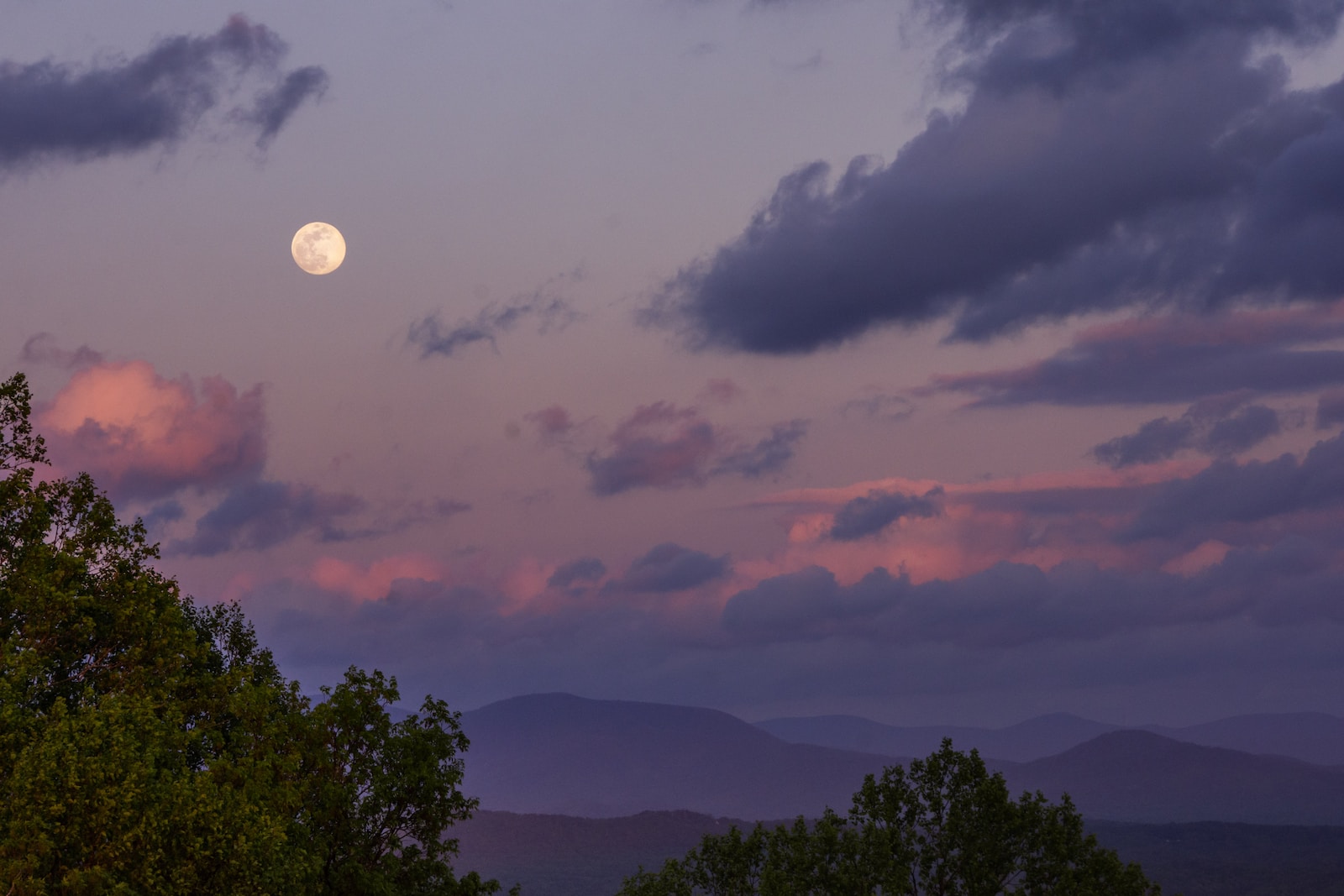
States with the highest likelihood of SAD and can weed help
Seasonal Affective Disorder is in full bloom with short days and long, dark evenings and nights…here's what you need to know.
Seasonal affective disorder (SAD) is a common winter illness. About 5% of adults in the United States suffer from SAD and it typically lasts about 40 percent of the year. This problem affects more women than men. SAD has been linked to a biochemical imbalance in the brain caused by shorter daylight hours and less sunlight in winter. How do you know if you have it, what to do, and if where you live makes a difference? Here are the states where SAD is likely, and can weed help?
RELATED: 8 Ways to Enjoy Marijuana Without Smoking It
One of the most important steps in combating SAD is correctly identifying the symptoms. These symptoms include, but are not limited to:
- Fear
- Social withdrawal
- Drowsiness and tiredness
- Weight gain
- Suicidal thoughts
- And several Other
Anyone suffering from any of these symptoms should refrain from self-diagnosis and seek professional help.
Photo by Andrew Neel via Unsplash
There are several ways to offset the sadness that comes with the changing seasons. or example. Although more clinical research is still needed, data suggests that CBD may help relieve anxiety and support healthy sleep patterns. CBD is also considered to be instrumental in increasing dopamine levels.
Cannabis contains cannabinoids that can have a positive effect on mood potentially increase Serotonin levels. Marijuana is also a proven sleep aid. Sleep can help bring your body back into balance and directly improve your mood.
Once diagnosed, make a plan and you will see gradual improvement. Traveling to bright places can be helpful.
RELATED: 5 Ways to Beat the Winter Blues This Year
Based on a study, here is the data on the likelihood of developing SAD depending on where you live.
|
Condition |
Average °F |
Average rainfall in inches |
Total number of hours of sunshine |
Highest probability of SAD based on weather 0/90 |
|
Alaska |
26.7 |
2.49 |
358 |
74.25 |
|
new York |
48.1 |
3.76 |
414 |
68.14 |
|
Washington |
48.5 |
3.46 |
437 |
66.97 |
|
Vermont |
45.7 |
3.77 |
451 |
66.54 |
|
Michigan |
47.3 |
3.08 |
474 |
62.90 |
|
New Hampshire |
46.3 |
3.84 |
526 |
62.61 |
|
Maine |
44.2 |
3.71 |
564 |
61.43 |
|
Connecticut |
51.2 |
4.35 |
562 |
60.08 |
|
Wisconsin |
45.7 |
2.84 |
498 |
59.91 |
|
Oregon |
48.9 |
2.29 |
467 |
58.94 |
|
Massachusetts |
50.3 |
4.11 |
587 |
56.63 |
|
New Jersey |
54.8 |
3.76 |
576 |
56.00 |
|
Rhode Island |
53.1 |
4.04 |
590 |
55.96 |
|
Pennsylvania |
50.9 |
3.58 |
566 |
55.61 |
|
Ohio |
52.9 |
2.95 |
499 |
54.68 |
|
Minnesota |
43.5 |
2.25 |
527 |
54.66 |
|
Indiana |
53.8 |
3.25 |
546 |
53.92 |
|
West Virginia |
53.3 |
3.31 |
644 |
53.69 |
|
Illinois |
53.8 |
3.15 |
565 |
52.59 |
|
Delaware |
57.4 |
3.62 |
586 |
52.19 |
|
Tennessee |
58.6 |
3.98 |
591 |
51.67 |
|
Kentucky |
57 |
3.55 |
579 |
51.21 |
|
Maryland |
56.1 |
3.58 |
586 |
51.08 |
|
Louisiana |
67.4 |
4.56 |
643 |
51.07 |
|
Virginia |
56.5 |
3.58 |
644 |
50.25 |
|
North Carolina |
60.2 |
3.92 |
617 |
49.68 |
|
Missouri |
56 |
3.7 |
610 |
49.61 |
|
Arkansas |
61.4 |
4.33 |
616 |
49.16 |
|
Hawaii |
71.8 |
5.23 |
546 |
49.08 |
|
Mississippi |
64.2 |
4.13 |
642 |
48.94 |
|
Iowa |
49.8 |
2.68 |
588 |
48.87 |
|
Alabama |
63.7 |
4.07 |
622 |
48.67 |
|
Florida |
72.7 |
4.24 |
659 |
47.72 |
|
North Dakota |
42 |
1.29 |
560 |
47.37 |
|
South Carolina |
63.4 |
3.7 |
669 |
45.38 |
|
South Dakota |
46.4 |
1.36 |
627 |
43.47 |
|
Nebraska |
49.5 |
1.6 |
610 |
43.07 |
|
Montana |
43 |
1.08 |
576 |
42.85 |
|
Georgia |
64.6 |
3.47 |
701 |
42.54 |
|
Kansas |
55.4 |
2.19 |
642 |
40.41 |
|
Oklahoma |
60.6 |
3.32 |
695 |
40.19 |
|
Texas |
65.5 |
2.71 |
658 |
37.80 |
|
Idaho |
44.8 |
1.48 |
661 |
35.60 |
|
Wyoming |
42.5 |
0.97 |
679 |
33.70 |
|
California |
60.9 |
1.47 |
727 |
31.74 |
|
Utah |
49.1 |
1.12 |
700 |
30.58 |
|
Colorado |
45.9 |
1.18 |
734 |
02/26 |
|
New Mexico |
53.8 |
1.32 |
802 |
7.50 p.m |
|
Nevada |
50.2 |
0.76 |
851 |
19.36 |
|
Arizona |
61.3 |
1.16 |
888 |
6.72 |

Post a comment: